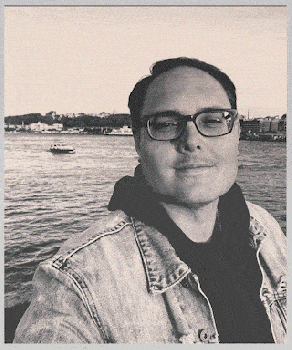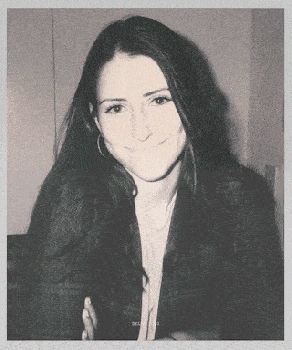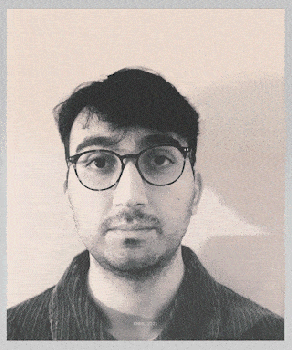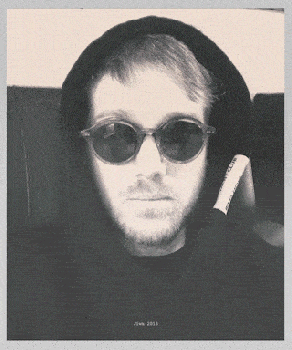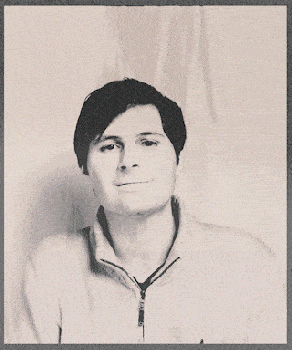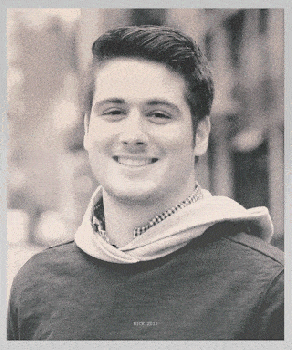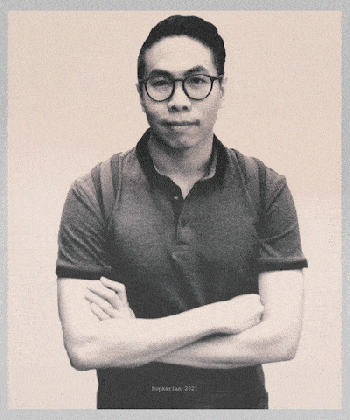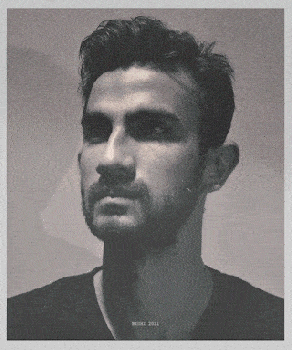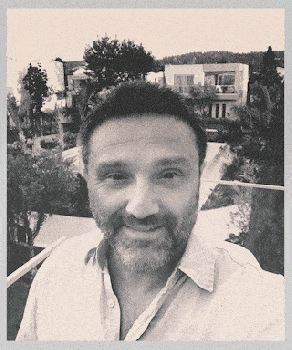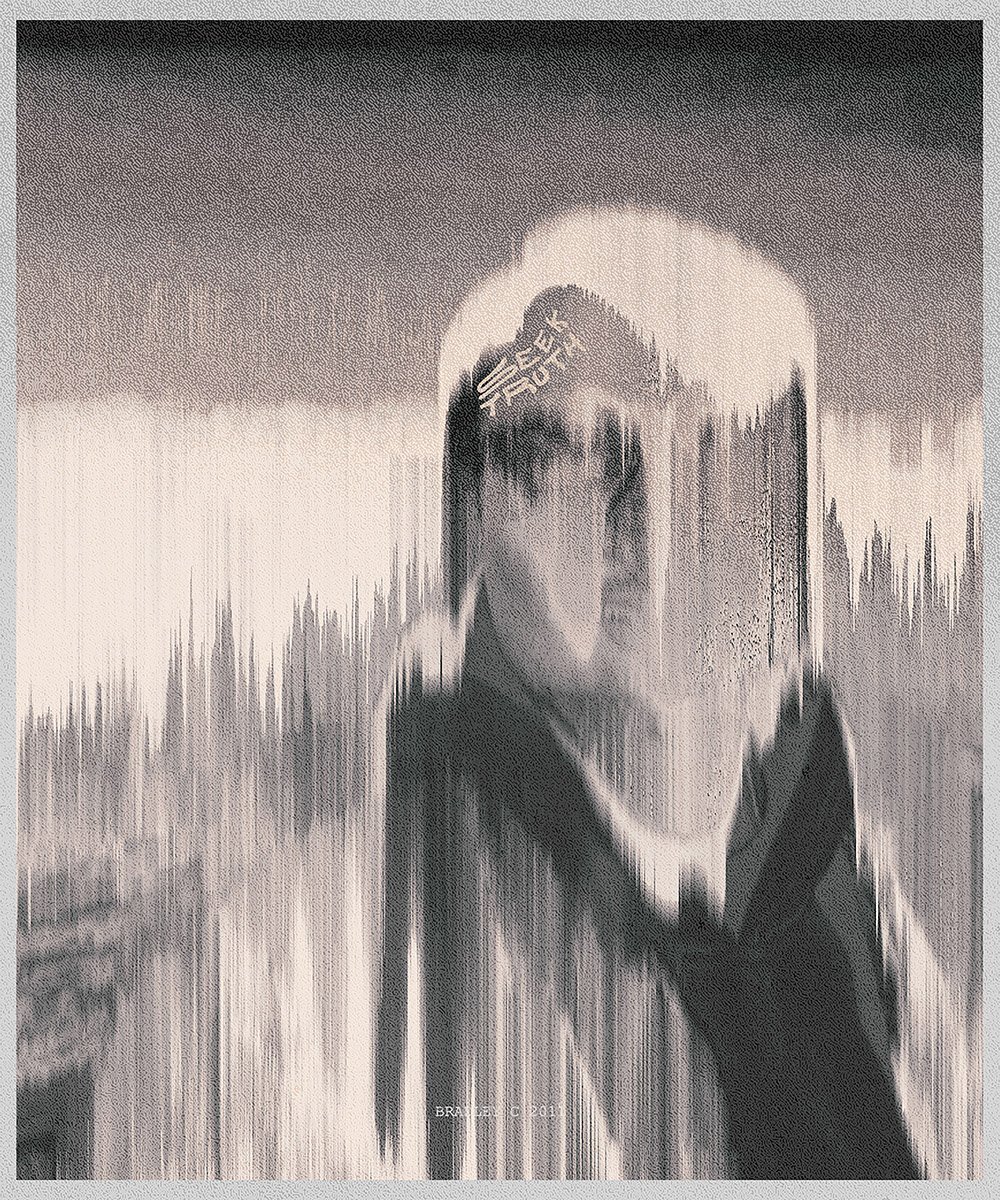A series of 121 participatory melting portraits capturing humanity’s collective disappearance from the real world and migration into the digital.
NFTs, Art, and the Future of Digital Identity
Concept Note
In the age of the anthropocene, humans have begun their greatest migration from the real world into the digital. The internet coupled with computer technology began this exponential trend and blockchain is now leading our society through another wave of migration that is taking us even deeper into the digital realm. As we make this transition, ‘Everything That Disappears Leaves a Trace' reimagines the future of digital identity in a Web 3.0 ecosystem where art acts as a verifiable identity tool by linking NFTs generated in this collection to it’s owner’s true identity. It questions the existing digital culture where our everyday lives have become perpetual streams of data, reducing humanity itself into a form of raw material for centralised power. The project’s main mission is to use NFTs as a way to regain control of our digital presence by using blockchain technology to add functionality to the artwork and in the process rethink the nature of the future of identities.
The project transforms static images into 6 second visual identities by processing it through a programming software to manipulate, distort, and displace the pixels. This generates unique portraits of humans melting away from the background symbolising our slow disappearance as humanity continues its ultimate pursuit of total digitzation of all experiences. It consists of two parts - a participatory series open to anyone where the participant submits their digital portrait to be dematerialized into a melting portrait. By taking part, what they will be left with is a crypto-empowered portrait airdropped to them as a NFT and what remains with me is a ‘Trace’ of the migration path that I will print and store in the real world in the Archive of Future Humans. The second part of the collection will be made up of a series of curated influential personalities whose identities are transformed into melting portraits for specific reasons. Together they will form the genesis collection of 121 melting NFT portraits capturing humanity’s collective disappearance from the real world and migration into the digital.
Imagine a world where you show your favourite piece of art as proof of identity while boarding a flight or opening a bank account. Or perhaps in this future all our online actions neatly fold into a special identity backed NFT artwork, which if companies like Google or Facebook want to access, have to pay in some way or the other. We are already seeing how NFTs are being used as social identities, replacing the circular placeholders once meant to reveal your identity, with digital avatars as a way to alter or even hide your identity. ‘Art as Identity’ seems to be the 1st use case for NFTs and my goal is to expand on this further and develop a series of decentralized identity linked NFTs designed for the blockchain powered digital era we are heading towards.
While we increasingly spend more time in virtual spaces, our digital presence is something we still do not have control over. If we want the future - whether we call it Web 3.0, the metaverse or something else - to be different from the current digital ecosystem, we need to start by rethinking how our identity can be used digitally. I believe we are entering a new era of artistic renaissance where NFTs have opened the door for art to be an aesthetic object and serve a functional purpose in our society at the same time. I imagine a world where it can give you pleasure, protect your identity, and can be carried with you wherever you go. In this future, wouldn't you want to own your own visual identity?
There are two questions that are central in shaping the nature and aesthetic of this project:
I
What Remains When Everything has Disappeared?
“ Let us speak, then, of a world from which human beings have disappeared.
It's a question of disappearance, not exhaustion, extinction or extermination. The exhaustion of resources, the extinction of species – these are physical processes or natural phenomenon. And that's the whole difference.
The human species is doubtless the only one to have invented a specific mode of disappearance that has nothing to do with nature’s law. Perhaps even an art of disappearance.”
- Jean Baudrillard, 2007
These are the opening lines written by French theorist Jean Baudrillard and it’s one that has stuck with me ever since I read it for the first time many years ago. I never fully grasped the immediacy of his vision until I began researching about Blockchain and crypto. If as Baudrillard believes, “the ultimate goal of humanity is the transmutation of the real into the virtual leading to our eventual disappearance”, then we are well underway.
If as Baudrillard believes, “the ultimate goal of humanity is the transmutation of the real into the virtual leading to our eventual disappearance”, then we are well underway.
Technological progress so far in the 21st century has relied on the dematerialization of information, objects, knowledge, and social behavior from the real to the digital. Think of Google, Amazon, Youtube, Spotify, and Facebook. The Internet enabled these companies to act like a scanner, transferring what were once real-world experiences onto digital platforms. I believe what Blockchain is doing is taking it a step further by re-writing the very fabric of the systems that govern our world – from trust, money to culture and how societies form around these ideas. It’s building a digitally native architecture, where value is created and consumed completely in the digital sphere, independent of the real world, for humans to inhabit.
My sense is that as we move towards this future, the human-animal slowly begins to disappear until we are only left with traces of our former species.
It’s ironic that in the age of the anthropocene, a period where human activity begins to have a significant impact on the planet's ecosystem that we also begin to disappear. Perhaps this is how we save our planet; perhaps this is how it was always meant to be.
II
When Did we Begin to Disappear?
Ever since the crypto world came into my radar a few years ago, I observed a fascination amongst people in the space to ask the question - “what year did you get into crypto?” There seems to be an inbuilt curiosity in knowing when our eyes were opened, so to speak, to the future. This project brings in this detail by documenting our year of migration into the world of crypto; or is it the moment we initiated our collective disappearance?
While this project began as a participatory experiment to explore the future of art and identity, it also evolved into a way to depict the great human migration taking place from the real world into to the digital. I began ‘melting’ portraits of people who were present or born after January 1, 1983, the official birth of the modern Internet. We are living through the beginning of a shift in human consciousness and my aim is to capture the genesis of this next phase in human evolution.



